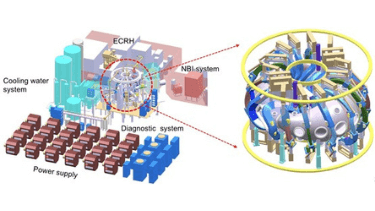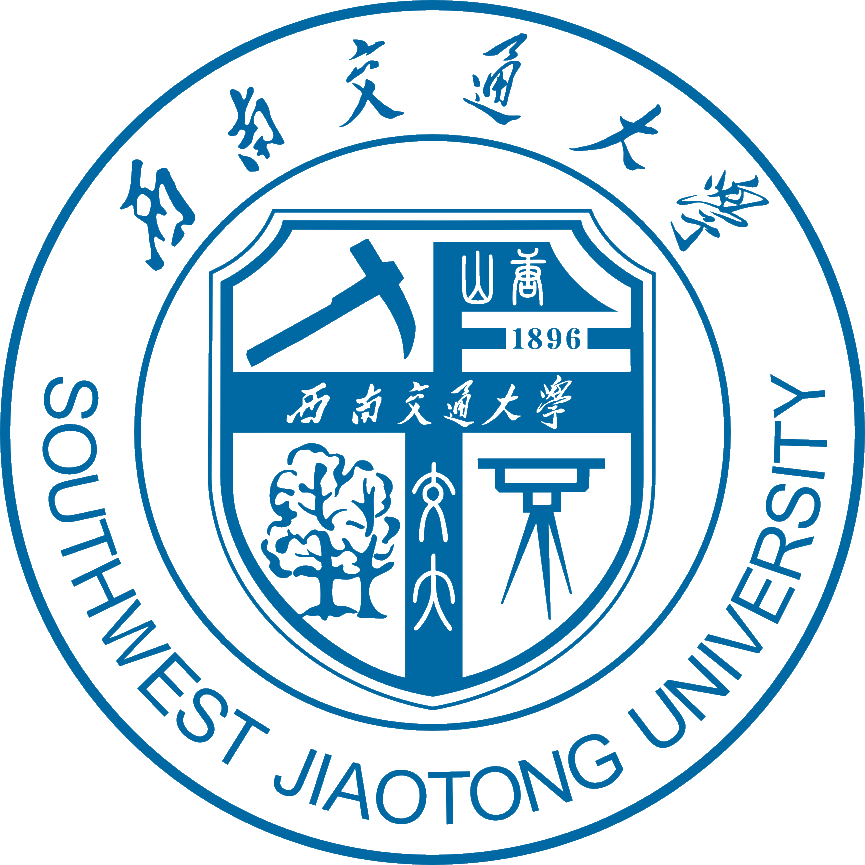Chinese First Quasi-axisymmetry Stellarator Project

Sponsored by

The Plasma Physics Team is devoted to the study of controlled magnetic confinement fusion. The team, based mainly on the Institute of Fusion Science (IFS), has signed a collaborative agreement in year 2017 with National Institute for Fusion Science (NIFS), Japan, to jointly construct the Chinese First Quasi-axisymmetry Stellarator (CFQS) in SWJTU, China. The IFS is the “Research Base of Magnetically Confined Plasma Physics and Engineering” approved by the “International Scientific and Technological Cooperation Base in Sichuan Province” in 2019. The IFS of SWJTU has also officially joined the International Energy Agency Stellarator/Heliotron Technology Collaboration Program (IEA SH-TCP) in 2020.
Currently, there are 10 permanent research fellows in the team, of whom 5 are Professors / Researchers and 2 are Associate Professors / Associate Researchers. The main academic leaders are Professor Yuhong Xu, an expert of the national high-level talents and Professor Changjian Tang, a distinguished professor of the university. Many young and middle-aged key academic staffs coming from home and abroad gradually grow up to be academic leaders and the entire team has strong spirits of innovation in scientific research and education for students. The team has a good ability to undertake domestic and international research programs, including the National Key R&D Program of China, National Platform Open Foundation Projects of China, and the National Natural Science Foundation of China-Major International (Regional) Joint Research Project. Two important presentations on physics and engineer studies on CFQS have been selected as invited talks successively two times by the International Stellarator-Heliotron Workshop (ISHW). The ISHW is the highest-level international conference in the fields of stellarator, heliotron and 3D plasma physics. A lot of new and fruitful results have been achieved, e.g., invention patents, scientific papers, etc.

Fig. 1 Schematic drawing of Chinese First Quasi-axisymmetry Stellarator
While aimed at constructing and operating the CFQS device, the research work for the team covers a broad range from theoretical simulations and experimental studies, the development of diagnostics to investigation of fusion materials and engineering technologies. In the future, the team will be devoted to exploration of basic and novel physical subjects in magnetically confined fusion plasmas based on the advanced configuration of the CFQS device (see Fig.1). At present, the CFQS device is under construction and non-planar modular coil system has been almost fabricated (see Fig.2). Its operation will be the world’s first quasi-axisymmetric stellarator experiment, which definitely plays a leading role in the development of fusion science and also in deepening our understanding on 3D plasma physics. The team will therefore become one of the first-class research groups in magnetically confined plasma physics studies.

Fig.2 Four different types of non-planar modular coils after first vacuum pressure impregnation